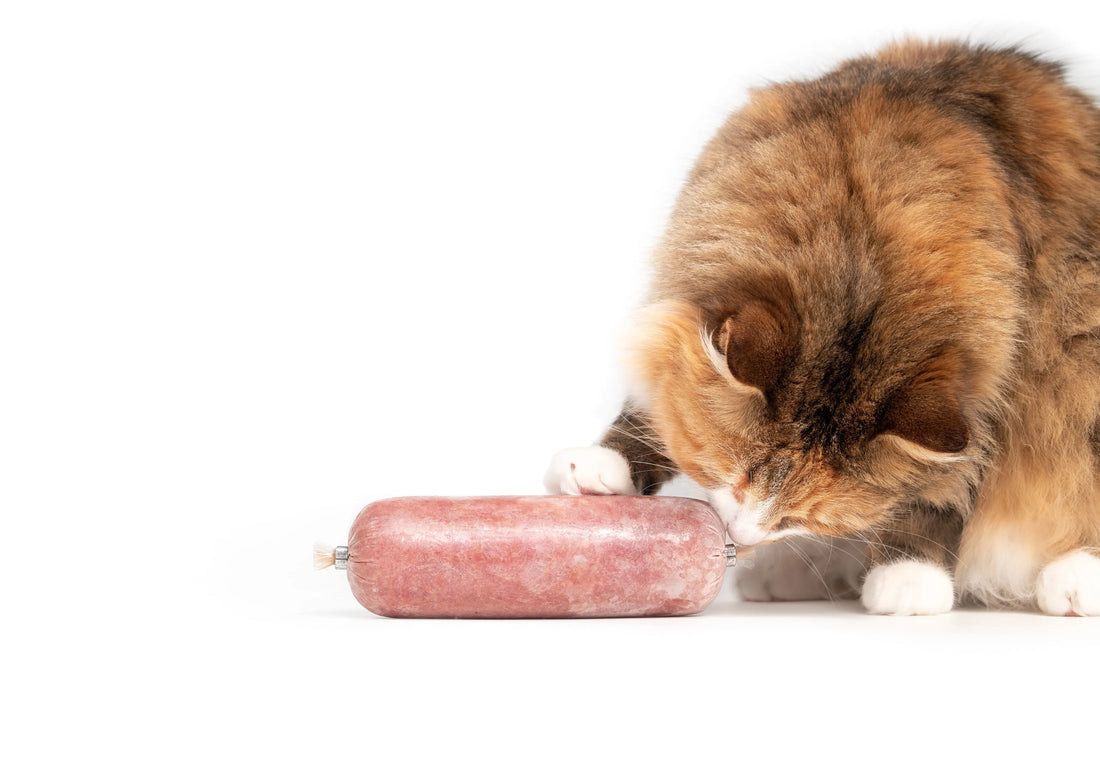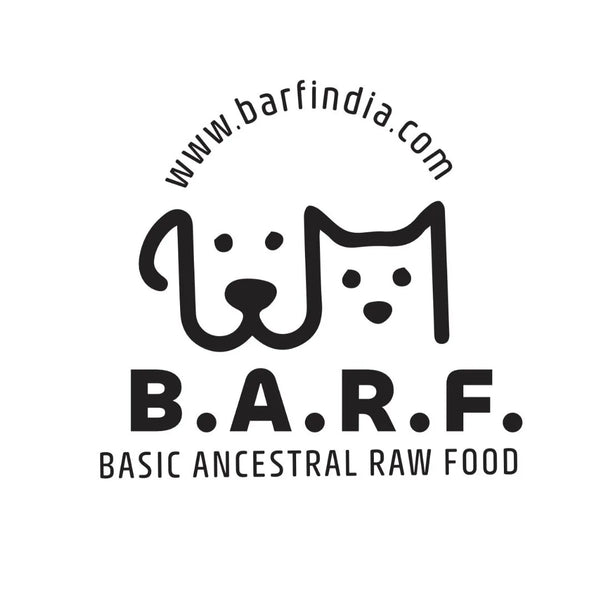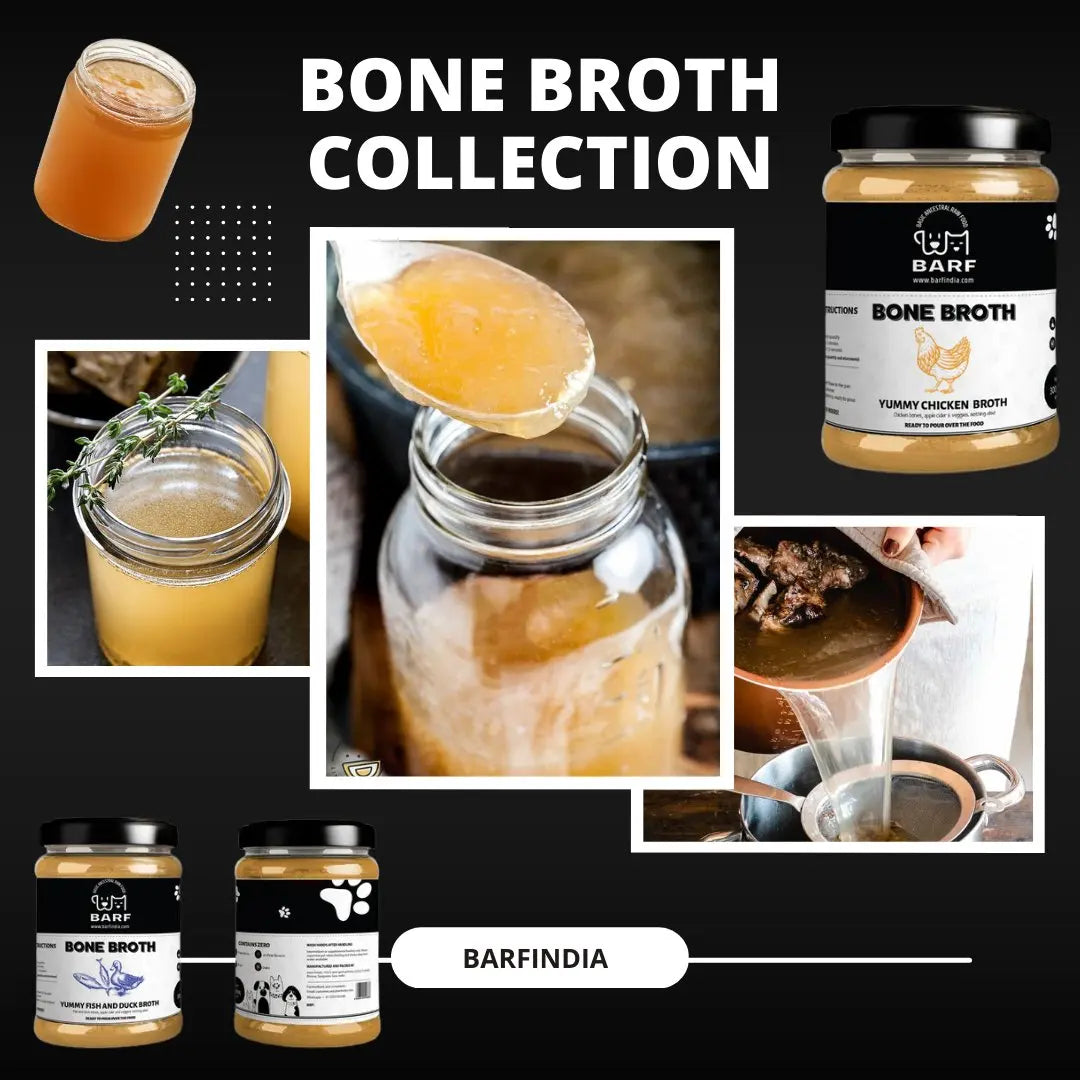
Raw Cat Food: Beginners Guide.
Nivedita FernandesBeginner's Guide to Raw Cat Food: What You Need to Know to Start.
Introduction
Welcome to the world of raw feeding for cats! If you're interested in providing your feline companion with a diet that closely resembles what they would consume in the wild, you're embarking on a journey that prioritizes their health and well-being. In this comprehensive guide, we'll delve into everything you need to know about raw cat food, from its evolutionary roots to practical tips on how to incorporate it into your cat's diet seamlessly.
1. Why Raw Feeding?
Evolutionary Background:
Cats are obligate carnivores, meaning they require a diet primarily composed of meat to thrive. Throughout their evolutionary history, cats have subsisted on a diet of raw meat, bones, and organs, which provided them with essential nutrients vital for their health and survival.
Shortcomings of Commercial Cat Foods:
While commercial cat foods have become a staple in many households, they may not fully meet the nutritional needs of felines. These foods often contain fillers, artificial additives, and carbohydrates that are not necessary for a cat's diet. Additionally, the processing involved in creating commercial cat foods can diminish the nutritional value of the ingredients.
Benefits of Raw Feeding:
Raw feeding offers numerous benefits for cats, including improved digestion, dental health, coat condition, and energy levels. By providing cats with a diet that closely mirrors their natural nutritional requirements, raw feeding can help support their overall health and vitality.
2. What Does Raw Cat Food Consist Of?
Balanced Diet Components:
A balanced raw cat food diet typically consists of muscle meat, organ meat, bones, and supplements. Muscle meat provides essential proteins, while organ meat offers vital nutrients like vitamins and minerals. Bones contribute calcium and other minerals necessary for bone health, and supplements help ensure cats receive all the nutrients they need for optimal health.
Importance of Variety:
Variety is crucial when it comes to raw feeding for cats. Offering a diverse range of protein sources and incorporating different types of organs ensures that cats receive a wide array of essential nutrients. This variety helps prevent nutritional deficiencies and supports overall health and well-being.
Addressing Misconceptions:
There are several misconceptions surrounding raw feeding for cats, including concerns about the safety of feeding bones and the necessity of carbohydrates in their diet. Contrary to popular belief, bones can be safely included in a cat's diet as long as they are raw and appropriately sized. Additionally, cats have minimal dietary requirements for carbohydrates, as they primarily rely on protein and fat for energy.
3. Getting Started with Raw Feeding
Transitioning Tips:
Transitioning a cat to a raw diet requires patience and careful planning. It's essential to introduce new foods gradually and monitor your cat's response closely. Some cats may take to raw feeding quickly, while others may require more time to adjust. Offering a variety of textures and flavors can entice even the pickiest eaters to embrace a raw diet.
Addressing Challenges:
During the transition period, some cats may experience digestive upset or reluctance to eat raw food. Providing gentle encouragement and offering small, frequent meals can help ease the transition process. For cats with dietary sensitivities or health issues, consulting with a veterinarian before making any dietary changes is crucial.
4. Commercial vs. Homemade Raw Cat Food
Pros and Cons:
Both commercial and homemade raw cat food options have their advantages and disadvantages. Commercial raw cat foods offer convenience and often come formulated with balanced nutrition. However, they may be more expensive. Homemade raw cat food allows for greater control over ingredients but requires more time and effort to prepare.
Considerations:
When choosing between commercial and homemade raw cat food, consider factors such as ingredient quality, sourcing, cost, and your cat's individual preferences and dietary needs. Whichever option you choose, prioritize high-quality ingredients and ensure that the diet is balanced and nutritionally complete.
5. Addressing Safety Concerns
Ensuring Safety:
Safety is paramount when feeding raw food to cats. To minimize the risk of bacterial contamination, it's essential to handle raw meat safely, including proper storage, sanitation, and food handling practices. Choose high-quality ingredients from reputable suppliers and always follow food safety guidelines to protect both your cat and yourself.
Consulting Professionals:
Before embarking on a raw feeding journey with your cat, consult with a veterinarian or with someone from BARF India, who would be knowledgeable about feline nutrition. They can provide guidance tailored to your cat's specific needs and help ensure that their diet is balanced and nutritionally adequate.
Conclusion
Raw feeding offers a natural and species-appropriate approach to cat nutrition, providing numerous benefits for their health and well-being. By understanding the principles of raw feeding and taking steps to ensure safety and balance in your cat's diet, you can help support their overall health and longevity. Whether you choose commercial or homemade raw cat food, your feline companion will thank you for nourishing them with a diet that honors their carnivorous nature.



